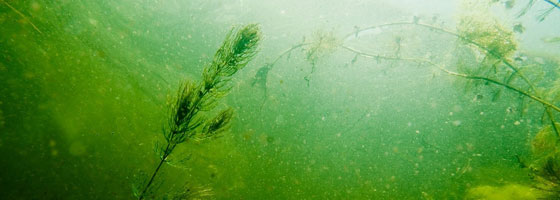Turbidity

UPDATE: Fondriest Environmental is offering their expertise in turbidity through their new online knowledge base. For an updated and comprehensive look at turbidity, its causes, and its importance, check out: Turbidity, Total Suspended Solids and Water Clarity.
Turbidity is a measure of the amount of suspended material in the water. It describes the clarity of water. Suspended materials in water, such as clay, silt, and algae, reduce water clarity and cause turbidity.
Why is Turbidity Important?
Turbidity is an important indicator of the amount of suspended sediment in water, which can have many negative effects on aquatic life. The suspended sediments that cause turbidity can block light to aquatic plants, smother aquatic organisms, and carry contaminants and pathogens, such as lead, mercury, and bacteria.
How is Turbidity measured?
Turbidity is reported in either NTUs or JTUs. These units refer to the method used to measure turbidity. NTUs reflect a more precise measurement method, and are used by government agencies and in scientific research.
Turbidity Technology
Turbidity is measured by evaluating the amount of light scattered in water. This can be done with simple visual assessments, such as the original Jackson Candle turbidimeter, or more accurate, technological methods, such as the nephelometric method.




0 comments